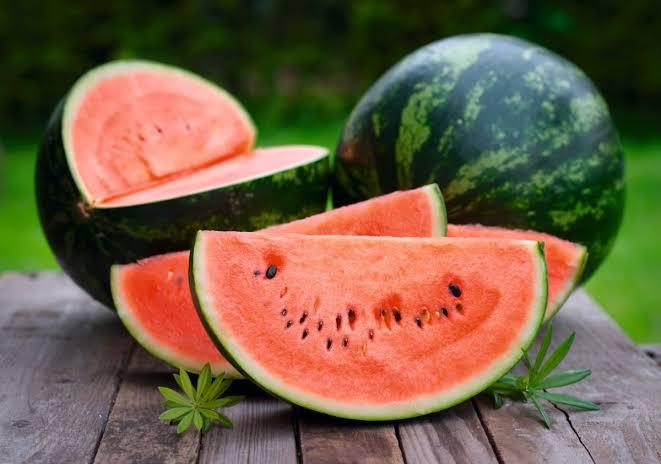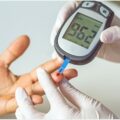
Watermelon is a very large vine fruit that grows on the ground and originally domesticated in Africa. It has a hard, green-striped skin which is inedible. Inside is a soft, bright pink-red flesh with black seeds, both of which can be consumed. It is a highly cultivated fruit worldwide, with more than 1,000 varieties. Watermelons are popular in many countries, including China, Turkey, Iran, Brazil and the United States.
Watermelons are mostly water — about 92 percent — but this refreshing fruit is soaked with nutrients. Each juicy bite has significant levels of vitamins A, B6 and C, lots of lycopene, antioxidants and amino acids. There’s even a modest amount of potassium. Plus, this quintessential summer snack is fat-free, very low in sodium and has only 40 calories per cup.
“Foods that are high in antioxidants and amino acids allow your body to function optimally,” said Angela Lemond, a Plano, Texas-based registered dietitian nutritionist and spokesperson for the Academy of Nutrition and Dietetics. “Antioxidants help prevent damage, and cancer. Amino acids are the basic building block for protein, and protein is used in virtually every vital function in the body.”
Scientists have taken notice of watermelon’s high lycopene levels — about 15 to 20 milligrams per 2-cup serving, according to the National Watermelon Promotion Board — some of the highest levels of any type of fresh produce. Lycopene is a phytonutrient, which is a naturally occurring compound in fruits and vegetables that reacts with the human body to trigger healthy reactions. It is also the red pigment that gives watermelons, tomatoes, red grapefruits and guavas their color.
Lycopene has been linked with heart health, bone health and prostate cancer prevention. It’s also a powerful antioxidant thought to have anti-inflammatory properties, according to Victoria Jarzabkowski, a nutritionist with the Fitness Institute of Texas at The University of Texas at Austin.
What Does Watermelon Sugar High Mean?
The glycemic index (GI) assigns a numeric score to a food based on how drastically it makes your blood sugar rise. Foods are ranked on a scale of 0 to 100, with pure glucose (sugar) given a value of 100. The lower a food’s glycemic index, the slower blood sugar rises after eating that food. In general, the more processed a food is, the higher its GI, and the more fiber or fat in a food, the lower it’s GI.
But the glycemic index tells just part of the story. What it doesn’t tell you is how high your blood sugar could go when you actually eat the food. To understand a food’s complete effect on blood sugar, you need to know both how quickly it makes glucose enter the bloodstream and how much glucose per serving it can deliver. A separate measure called the glycemic load does both — which gives you a more accurate picture of a food’s real-life impact on your blood sugar. Watermelon, for example, has a high glycemic index (80). But a serving of watermelon has so little carbohydrate that its glycemic load is only 5.
There isn’t any research directly linking watermelon consumption and diabetes management. That said, there’s some evidence to suggest that eating watermelon may help reduce your risk for certain diabetes-related complications.
Watermelon contains moderate amounts of lycopene, a powerful antioxidant which may help reduce your risk for cardiovascular disease. Approximately, 68 percent of people with diabetes who are age 65 or older die from some type of heart disease. Roughly, 16 percent of people in this demographic die of stroke.




